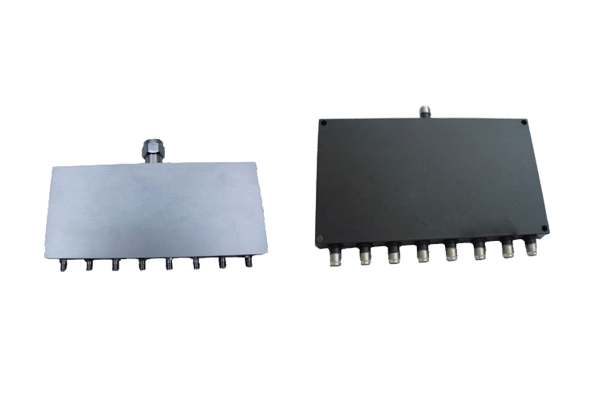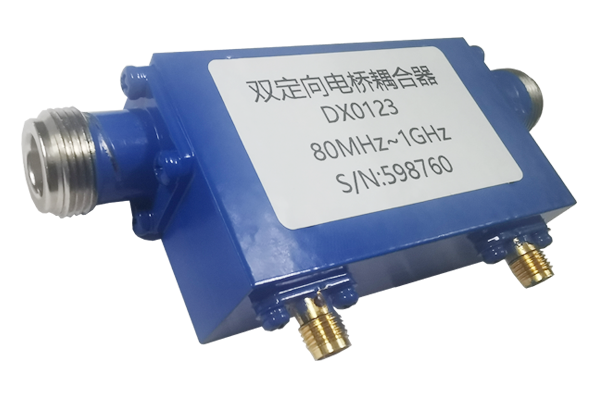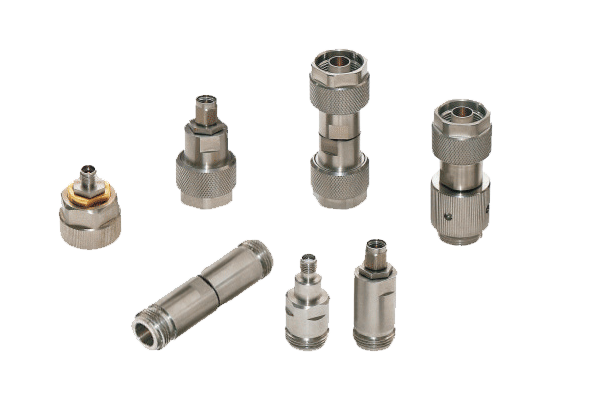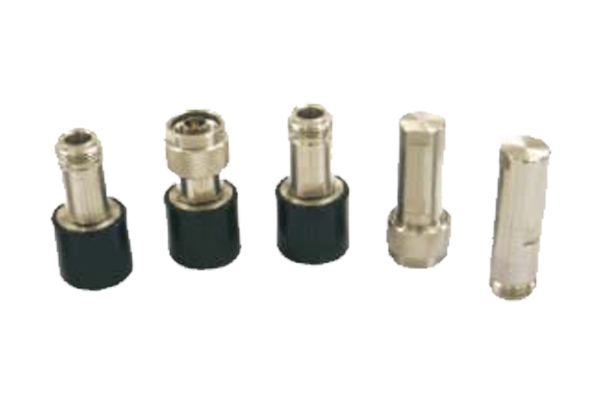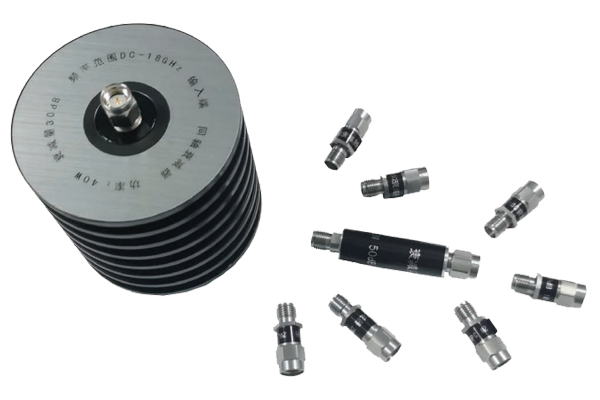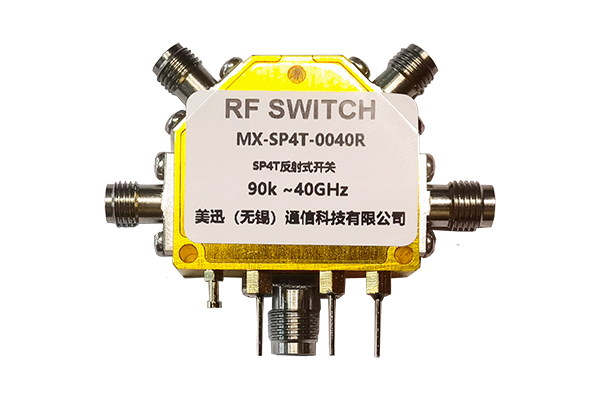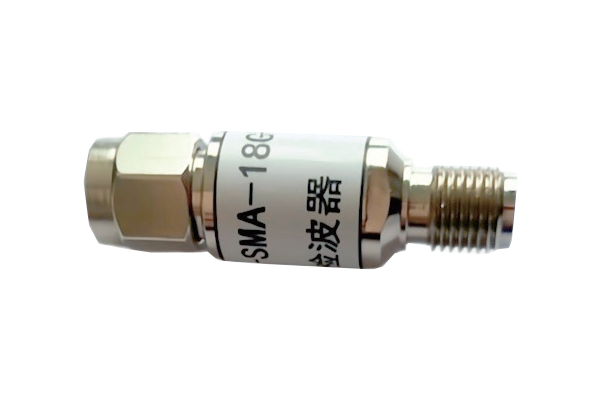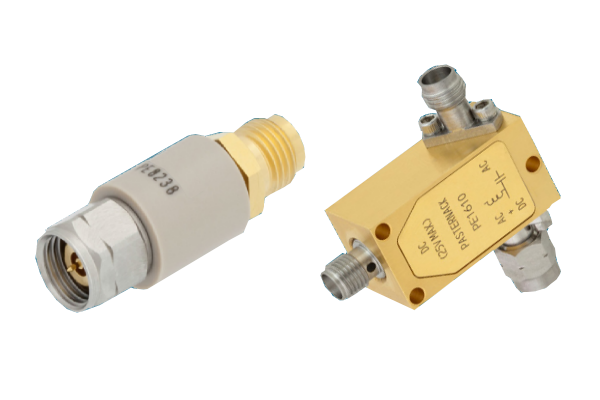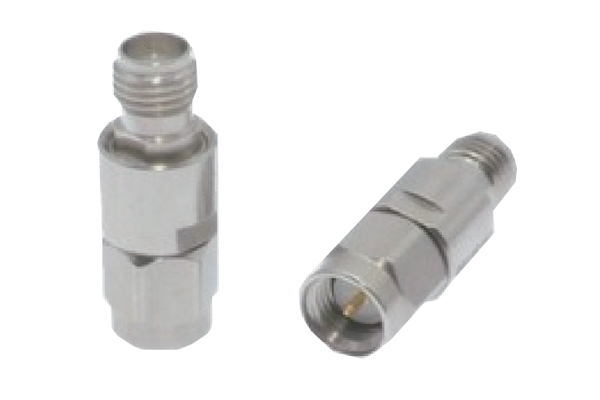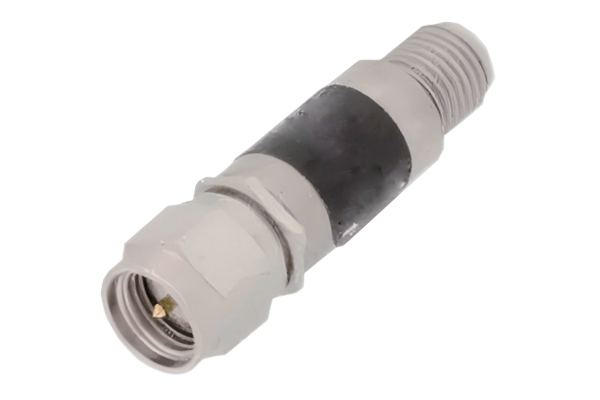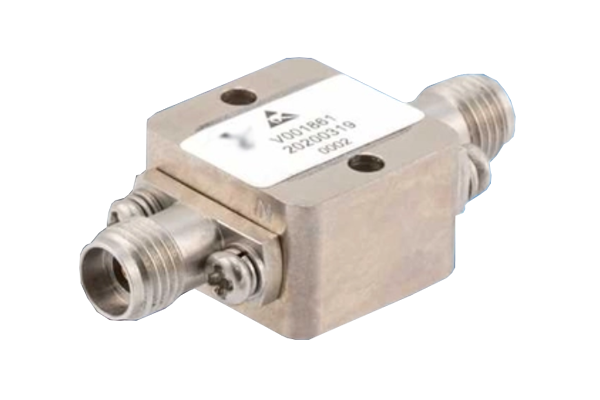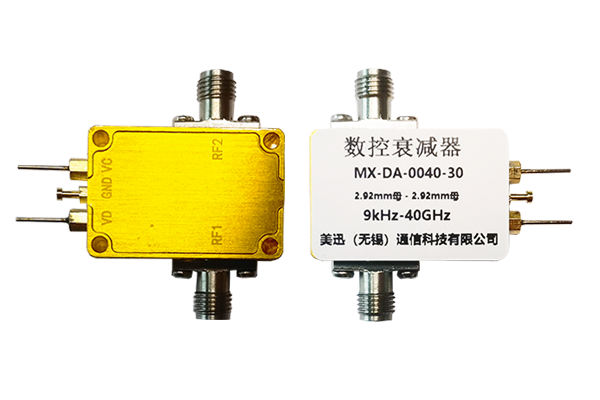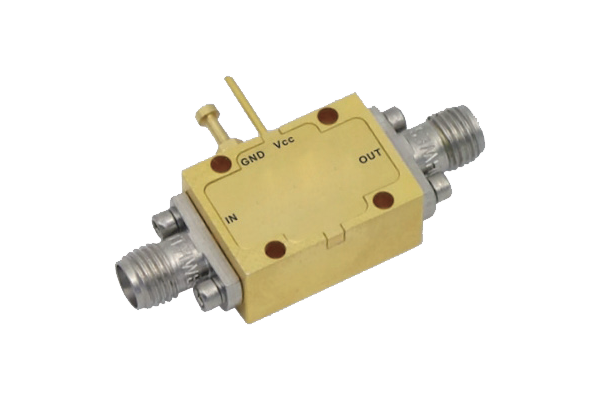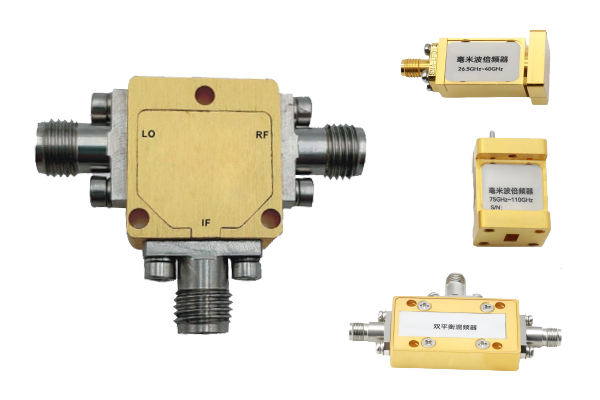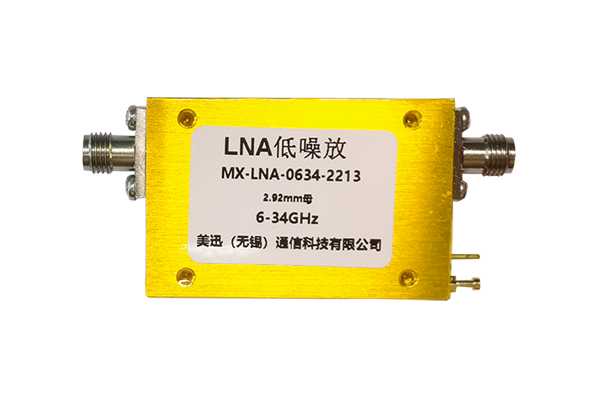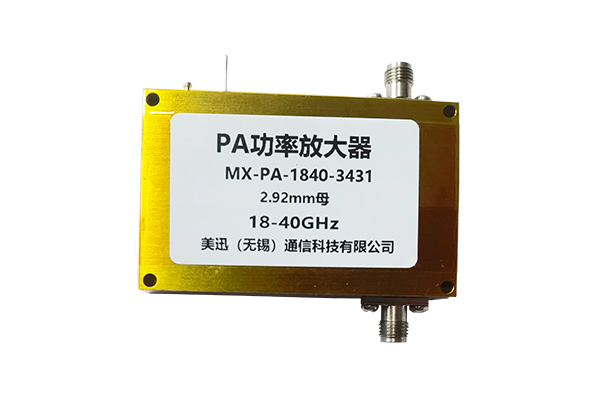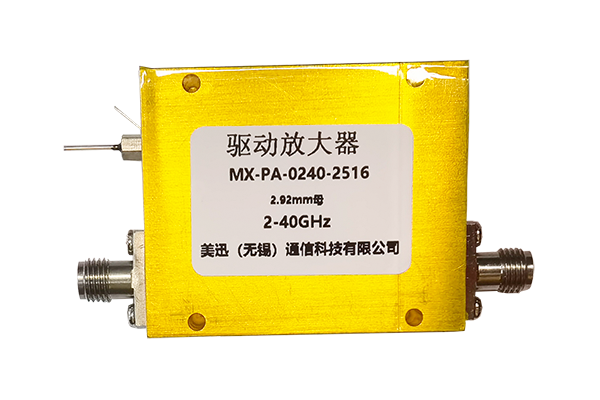How to Repair RF Power Combiner Problems
Combiner Troubleshooting Guide
1. Conduct a Comprehensive Troubleshooting
-
Inspect the device's exterior for obvious signs of damage, such as deformed connectors, cracked casing, or frayed cables.
-
Check the connections to confirm that all connectors are securely plugged in and that any cables are loose or in poor contact.
-
Perform a replacement test, swapping the suspected faulty combiner with a functioning one to determine if the problem lies with the combiner itself.
-
Record any abnormal operating behavior of the device, such as sudden drops in output power, signal distortion, or abnormal indicator lights, to provide clues for subsequent repairs.
2. Perform Key Component Inspections
-
Use specialized instruments to inspect the core components within the synthesizer, such as the power tubes, to check for proper function and for damage or parameter deviation in capacitors and inductors.
-
Test the internal circuits for open or short circuits.
-
For components such as isolators and couplers, verify that their isolation and coupling levels are within normal ranges.
-
If a component is found to be damaged, confirm its model and specifications so that it can be replaced with a compatible new one.
3. Perform Precision Repairs
-
If the problem is confirmed to be an interface, use specialized tools to repair deformed interface pins or replace damaged connectors to ensure proper contact.
-
For internal component failures, remove the damaged component while the power is off and replace it using proper soldering techniques, taking care to avoid damaging surrounding components due to high temperatures.
-
When repairing a circuit fault, locate the fault point according to the circuit diagram, reconnect the disconnected part, or remove impurities at the short-circuit point to restore normal circuit continuity.
4. Perform Post-Repair Testing and Verification
-
After the repair is complete, perform a pre-power-on inspection to confirm that all connections are correct and components are installed correctly.
-
After powering on, test the device's output power, signal quality, and other parameters and compare them to normal standards.
-
Perform a long-term operation test to observe whether the device operates stably and whether any abnormalities recur.
-
Also, check the isolation performance of each interface to ensure there is no significant interference between signals, verifying that the repaired synthesizer is operating normally.





